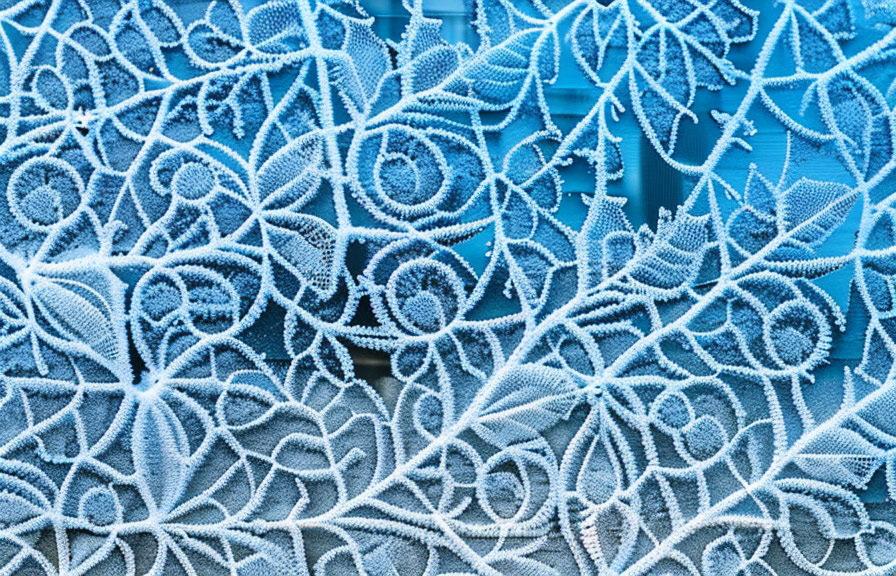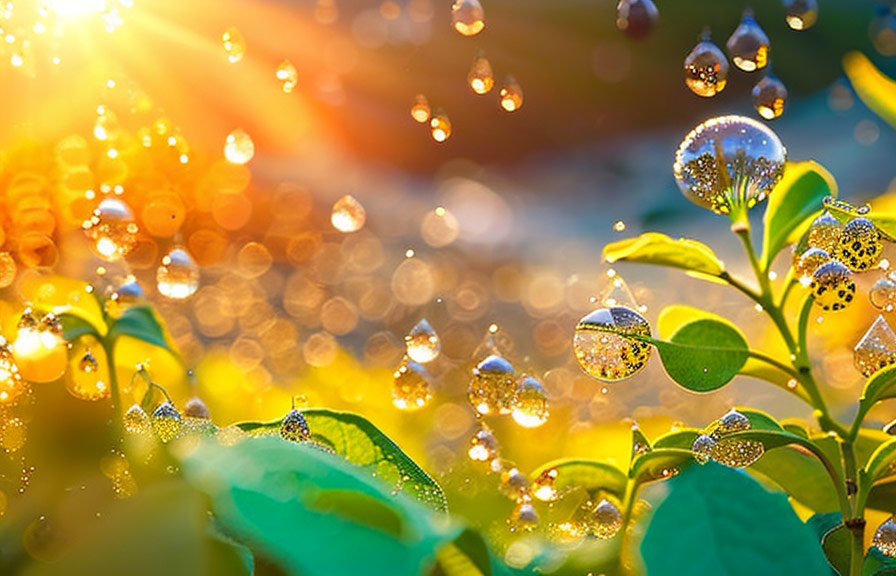Did you know that dew and ice can transform ordinary nature photos into extraordinary works of art? these two natural elements can add a refreshing touch, create a sense of purity, and evoke feelings of wonder and beauty in your nature photography.
In this post, we'll explore how to effectively use dew and ice to create stunning nature photos that will captivate your audience.

The magic of dew in nature photography
Dew is a natural phenomenon that occurs when water vapor in the air condenses onto cool surfaces, such as leaves, grass, and flowers. this condensation creates tiny droplets of water that can sparkle like jewels when caught in the right light.
Capturing the essence of freshness and purity with dew
to create a sense of freshness and purity in your nature photos using dew, consider the following tips:
1. Shoot during the golden hour: the golden hour the period shortly after sunrise or before sunset provides ideal lighting conditions for capturing dew. the soft, warm light enhances the sparkle and clarity of dewdrops, making them stand out against their surroundings.
2. Use a macro lens: a macro lens allows you to get up close and personal with your subject, capturing intricate details like individual dewdrops on a leaf or a flower petal. this level of detail can emphasize the freshness and purity of the scene.
3. Experiment with depth of field: a shallow depth of field can help isolate a dew-covered subject, making it the focal point of your image. by blurring the background, you can create a sense of cleanliness and simplicity, emphasizing the purity of the scene.
Creating a sense of beauty and wonder with dew
Dew can also add an element of beauty and wonder to your nature photos. consider these techniques:
1. Capture reflections: dewdrops can act as tiny mirrors, reflecting their surroundings and creating captivating, almost magical, images. look for opportunities to capture reflections of the sky, the sun, or other elements of the scene within individual dewdrops.
2. Experiment with backlighting: when light shines through dewdrops from behind, it can create a beautiful, ethereal glow. experiment with positioning yourself and your camera so that the light source is behind your dew-covered subject, enhancing its beauty and wonder.
The enchantment of ice in nature photography
Ice is another natural element that can add a unique touch to your nature photos. from delicate frost patterns on a window to the majestic beauty of a frozen waterfall, ice can create a sense of enchantment and wonder in your images.
Using ice to create a sense of freshness and purity
To use ice effectively in your nature photos, keep the following tips in mind:
1. Look for interesting ice formations: ice can take on many fascinating forms, from intricate frost patterns to icicles hanging from branches. look for unique ice formations that can add visual interest and a sense of freshness to your images.
2. Choose a clean background: a simple, clean background can help emphasize the purity of ice in your photos. consider using a solid color, like a clear blue sky or a snowy landscape, as your backdrop.
3. Experiment with lighting: the way light interacts with ice can have a significant impact on the mood and atmosphere of your photos. experiment with different lighting conditions, such as side lighting or backlighting, to capture the freshness and purity of ice.
Capturing beauty and wonder with ice
To create a sense of beauty and wonder in your nature photos using ice, consider these techniques:
1. Focus on details: ice can create intricate patterns and textures that are visually stunning. use a macro lens or close-up filters to capture these details, showcasing the beauty and wonder of ice.
2. Incorporate color: while ice is often associated with cold, stark environments, adding a splash of color can create a sense of warmth and contrast. look for opportunities to include colorful elements, such as a bright red leaf trapped in ice or a vivid sunset reflected in a frozen
Puddle.
3. Capture movement: ice can also create a sense of wonder through its interaction with other elements in the scene. for example, photographing a partially frozen waterfall can create a dynamic contrast between the stillness of the ice and the movement of the flowing water.
Here's a fun fact: did you know that some ice formations, such as frost flowers or hair ice, are so delicate and intricate that they can only be observed under specific weather conditions? frost flowers, for instance, form when the air is very cold and still, while the ground is
Moist and slightly warmer. this temperature difference causes the water vapor in the ground to turn into ice, forming delicate, flower-like structures.
Conclusion
Dew and ice can add a touch of freshness, purity, beauty, and wonder to your nature photos. by experimenting with lighting, focusing on details, and incorporating elements such as reflections and movement, you can create captivating images that showcasethe magic of nature.
So the next time you venture out with your camera, be sure to keep an eye out for these natural elements and use them to your advantage. your nature photography will be elevated to new heights, and you'll leave your audience in awe of the breathtaking scenes you capture.
Happy shooting!
